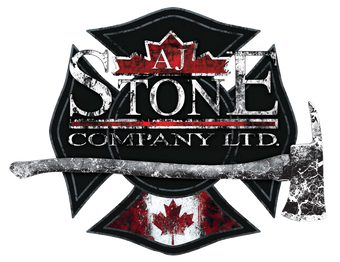A Comprehensive Guide to Selecting the Ideal Nozzle
Are you in the process of determining the most suitable nozzle type for your department? Navigating through the available options and pinpointing the perfect tool for future scenarios can be a challenging task. However, it's certainly achievable! In this guide, we will delve into the various types of firefighting nozzles on the market and the key considerations to help you make an informed decision.
Firefighting nozzles come in four primary types:
- Smooth Bore Nozzles: The fundamental form of a firefighting nozzle, creating a solid stream of water. It maintains a fixed flow rate.
- Fixed Flow Nozzles: These nozzles maintain a consistent flow of water at a specified pressure.
- Selectable Flow Nozzles: Offering the flexibility to adjust water flow at a specific pressure, these nozzles empower the operator to tailor the flow according to the situation.
- Automatic Nozzles (constant pressure, variable flow): These nozzles maintain a steady pressure within a defined flow range, optimizing reach even in scenarios with lower flow.
Factors to Consider in Nozzle Selection
When choosing a nozzle type, you need to carefully evaluate the specific needs of your firefighting department and the kinds of incidents you regularly respond to. Here are critical aspects to consider:Incorporating Combination Nozzles: Some nozzles offer a combination of straight stream and fog patterns, allowing the nozzle operator to select based on the firefighting needs. A straight stream is typically utilized for initial fire attack and suppression, while fog patterns find application in overhaul and hydraulic ventilation.
Smooth Bore Nozzles and Their Characteristics: Smooth bore nozzles lack the ability to produce a fog pattern. Attempts to create a broken pattern by gating or half-bailing the nozzle may reduce the flow while achieving a broken stream.

Flow and Pressure Requirements: Determine the necessary flow and pressure for your nozzle based on the types of fires you commonly encounter, your existing equipment capabilities, and hose specifications. NFPA 1710 (5.2.4) serves as a valuable reference for initial attack fire flows in various structure types.
Water Flow Patterns: Assess the types of fires you typically encounter, and the corresponding patterns required. Different situations call for distinct flow patterns, such as straight stream for initial attack and fog patterns for extensive overhaul or foam application.


Personnel Availability and Training: Consider the availability of personnel and their training levels. For volunteer departments with potential staffing challenges, opt for nozzles that necessitate less communication between the nozzle operator and pump operator. Conversely, if adequate staffing is available, explore nozzles with higher nozzle reaction, requiring multiple personnel for greater reach and impact force.
Maintenance and Upkeep Costs: Factor in the level of maintenance required and the ongoing cost of ownership associated with each nozzle type. While a smooth bore nozzle demands minimal maintenance due to its simplicity, other nozzle types with intricate internal mechanisms may require more maintenance but offer additional functionalities crucial for firefighting operations.
Selecting the right firefighting nozzle entails a thoughtful analysis of factors such as target flow and pressure rates, personnel availability, required flow patterns, and maintenance costs. By considering these aspects, you can confidently choose a nozzle that aligns with your department's unique firefighting needs. For further insights on hose and nozzle pairing, explore our dedicated article on optimizing nozzle-hose combinations.
Check out the rest of TFT's product by clicking the button below!
